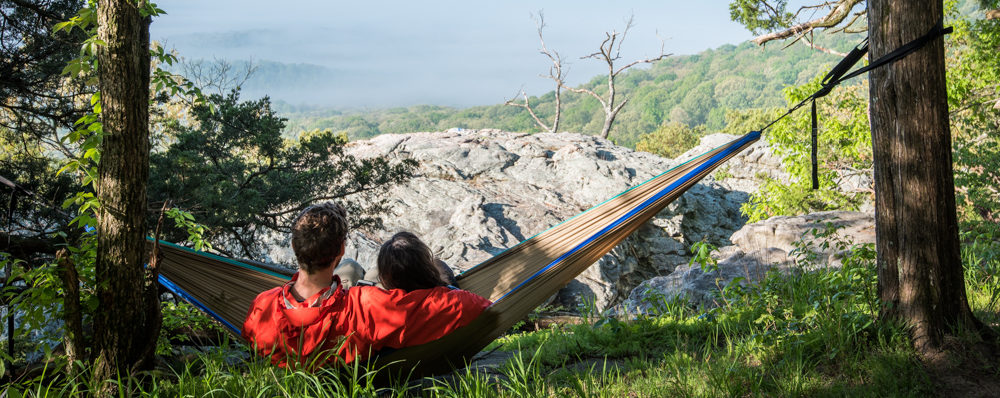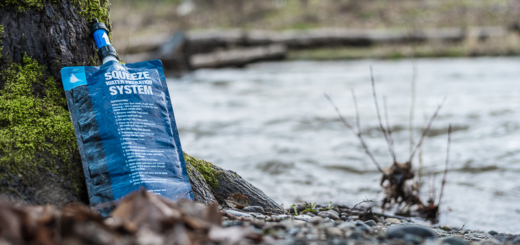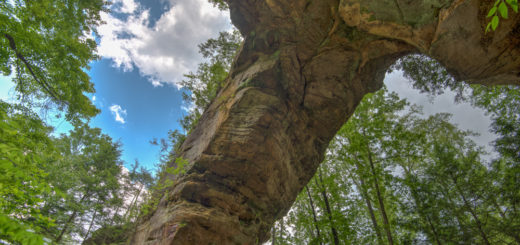Preparing for a Hike – What to expect, what not to forget!
Preparing for a hike
Preparing can be tedious and feel a bit overwhelming, especially when it is your first time hitting the trail. We’ve been hiking for a few years now, and just last week I forgot a major article of clothing…socks! We have created a list of things to do when preparing for a hike. Feel free to comment with your own additions!

Route Planning
Do Your Research
How much time do you have?
First things first, determine how many days you have for your hike. This will help you determine the distance as well as elevation that you can cover. Don’t forget to factor in elevation because that’ll add time!
Weather
The weather can change overnight, so make sure you don’t just check at the beginning of the week. Look for the weather in the area you will be staying in specifically – Mount Rainier National Park is too broad of a search.
Mountain Forecast is a good resource to start with. For some well known locations it can give a more detailed weather break down at different elevations.
WTA trail conditions
A good site to check is Washington Trails Association. Most hikes in Washington are listed on there with recent trip reports. This can give you an idea of the road leading to the trail, the condition of the trail, and hopefully prepare you for any other surprises. When we hiked Mount Pilchuck the trailhead was closed adding about 6 miles each way to our hike. We weren’t able to complete the hike because we had been unprepared for the extra mileage. Check to see if your state has a trail association!
Talk to rangers
Call up the ranger station for an area that you are considering and get the latest details on trail conditions, road closures, trail closures due to wildlife, etc. There are ranger stations strategically placed around the parks. You most likely will pass one on your way to your hike. They would have the most recent updates about the trails and what to expect weather wise. We spoke to a ranger on the Enchanted Valley trail and he told us the river crossing up ahead would require us to ford the river. We had not read about that on any trail reports, or heard it from anyone else.
Locate water sources
Once you determine where you will hike, prepare for it. Some of the hikes we have been on have hugged a water source pretty closely, which made it convenient to filter water often. However, we did a hike in Glacier, Highline Trail, and there was almost no water. Make sure you have enough for each day, whether that be filtering water (we use a Sawyer mini) or carrying enough to sustain you. Dehydration is serious. Check detailed maps for where potential water sources are and know that some streams may dry up during a dry spell.
Keep people informed
Before you go, let family/friends know where you’ll be, when you’re starting your hike and when you plan to finish. If anything were to happen they would know where to find you/where to dispatch a search and rescue to. PRO TIP: Worried mama’s love this. We also use our Garmin when we’re on the trail to let family know we’re still okay after being out of service for a few days.
Gaia
We use Gaia maps to download maps for offline use when we’re on the trail. You can plan your route, save waypoints, and make sure you don’t get lost out there. You can even take geotagged photos to show people what you saw along the way. We recommend a battery phone case for extended use and putting your phone in airplane mode so only GPS is being used. NOTE: Carry a physical map in case your phone fails, a paper map will always be there for you.
Reservation/permit
You will want to check and see if your hike requires a permit. Some campsites even require reservations depending on where you plan to rest your head. Always check ahead because after a long day in the wilderness you don’t want to be scrambling for a place to rest.
Packing – How To

Multi Day Pack
When you’re packing remember that most people over-pack. It can be bringing too many clothes, or even too much food. Make sure to check things like water sources, and weather in preparation for packing. The weather can be a big determinant from how many layers to bring, to which sleeping bag to pack. Water sources may require you to filter your water, or there may be a lack of water altogether.
Emergency garmin
We are the proud owners of a Garmin inReach! We purchased this after Nick’s brother, Blake, got nervous about us always being out of service for days at a time. This way you can keep loved ones updated, and in the case of emergency send out an SOS. These devices aren’t for everybody because they are relatively expensive and require a subscription service, but how much is your life worth?
First aid
We have fortunately never run into an emergency, but we have used our first aid kit countless times. We have replenished the bandaids in there multiple times, and used up all the ibuprofen and tums.
Layers
Almost any season requires layers. When it’s winter you want layers because you don’t want to get too warm. I know that sounds crazy in the dead of winter, but if you’re sweating that sweat turns cold real quick. You want dry clothes to sleep in especially. In the summer it can be sweltering hot in the day, but the temperature can still drop pretty low at night. Keep in mind where you’ll be and how high up you’ll be as well!
After Your Hike
Notify those loved ones that you are off the trail so they can sleep easy. Once you’ve made it home safely, write up a trail report on your preferred hiking community’s website.
Now go out and get dirty!




